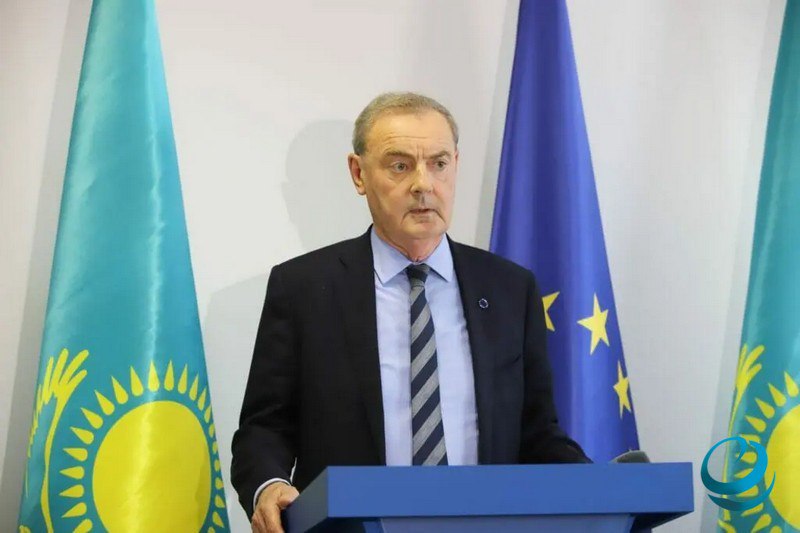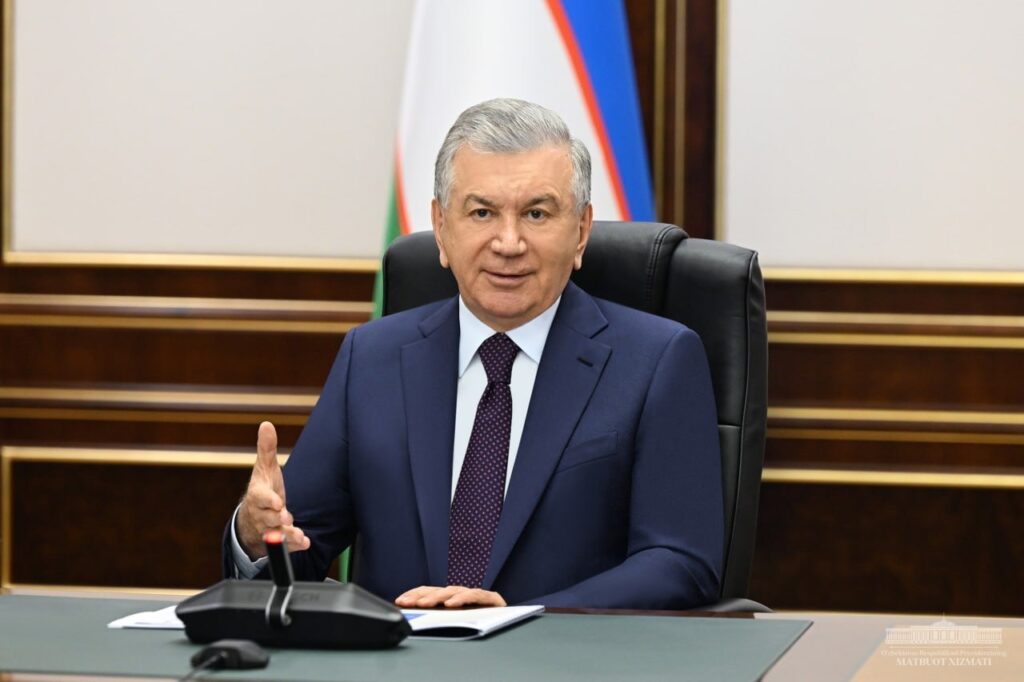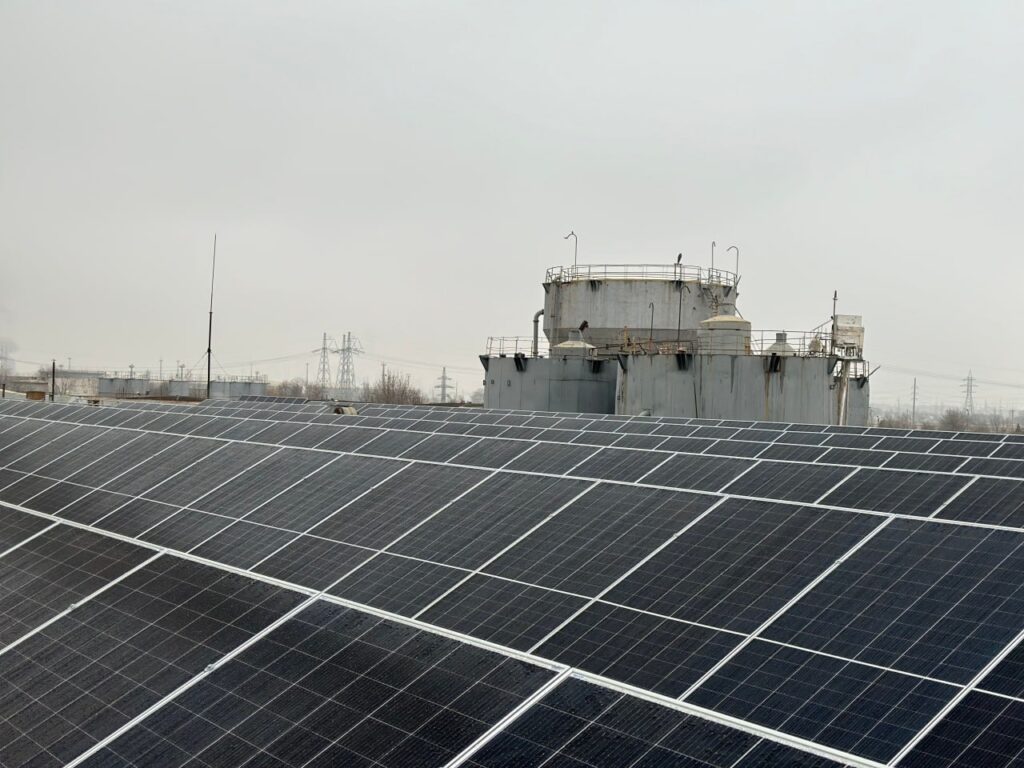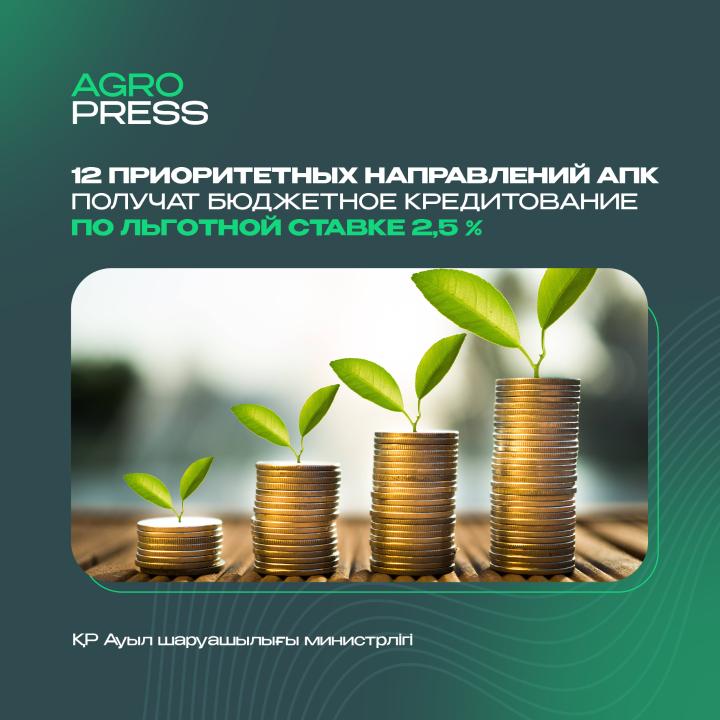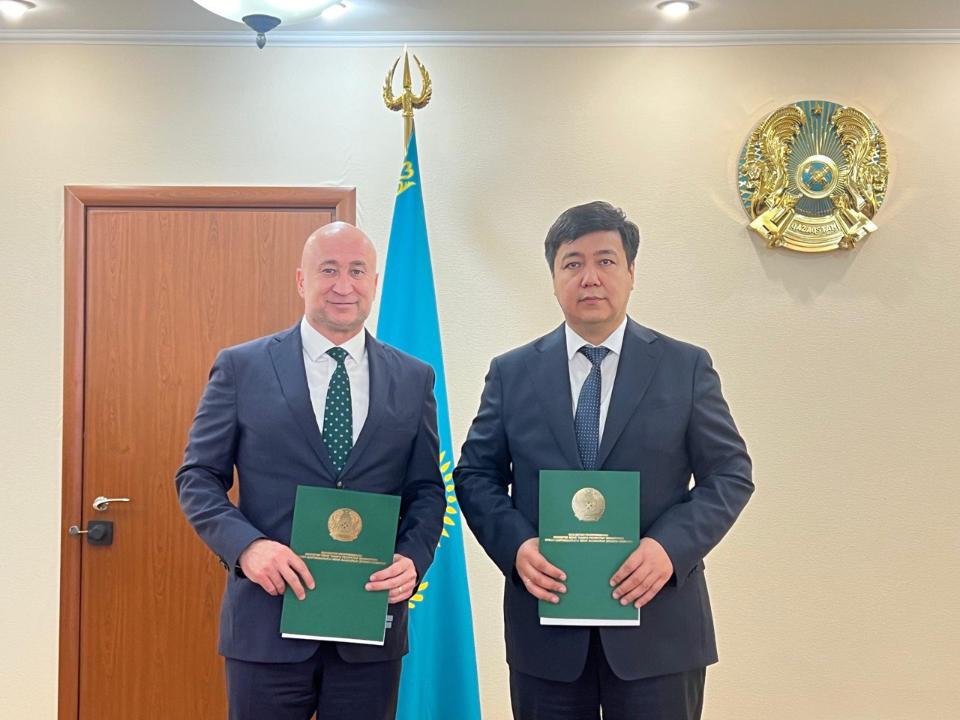Kazakhstan and Uzbekistan are the largest countries in Central Asia in terms of their economy, population, and vital infrastructure. In the first decades after the collapse of the USSR, the two republics visibly competed for regional supremacy, but this situation has changed dramatically.
A Test of Sovereignty
Uzbeks and Kazakhs are related Turkic peoples who have lived side by side for centuries, and, therefore, have experienced many mutual offenses from each other in their shared history. Perhaps this is the semi-official explanation for the rivalry between Tashkent and Astana during the reigns of the first presidents of these republics – Islam Karimov and Nursultan Nazarbayev. Another explanation for the struggle for leadership in Central Asia between Nazarbayev and Karimov lies in an old Kazakh proverb: “Two heads (of sheep) cannot fit in one pot.” The implication is that there cannot be two leaders in one region at this level of multiple countries and personalities. Nazarbayev and Karimov, out of rivalry between the Soviet party nomenklatura, to which they both belonged, could not allow either of the other to rise.
In the end, Moscow chose closer relations with Astana, which led to Tashkent withdrawing from the Collective Security Treaty Organization. Kazakh political scientist Maxim Kaznacheev has stated that this happened because Kazakhstan participated in various alliances, whilst Uzbekistan refused to do so, an indication that Tashkent had passed the sovereignty test, to the chagrin of Russia.
“The ability of the government to pursue a sovereign policy should be put at the top of the list when determining a real regional leader. Uzbekistan has done better on this exam. Over the past decades, officially Tashkent has relied mainly on bilateral arrangements, avoiding active participation in multilateral integration formations,” the political scientist stated.
The Devil in the Details
Despite these characteristics, Tashkent does not appear to have gained any advantages from this strategy, whether forced or chosen, due to a weak diplomatic corps. However, perhaps an Uzbek renaissance is yet to come.
In late 2022, the Eurasian Development Bank published a report, “Central Asia’s Economy: A New Look,” which analyzed the prospects for interaction between Central Asian countries and the potential for the region to become a significant player in the world’s economic map. According to this document, Kazakhstan remains the leading Central Asian economy, with its nominal 2021 GDP of $197.1 billion, 1.3 times the combined volume of the other four countries in the region.
The report noted that by the end of 2022, Kazakhstan accounted for almost 60% of the total GDP of Central Asia. At the same time, GDP growth at the end of 2022 amounted to 3.2% compared to an average annual growth rate of 3.9% from 2010-2021.
Uzbekistan is the next-largest economy in Central Asia after Kazakhstan, with a GDP of $69.2 billion in 2021, and $80.4 billion by the end of 2022. Although its nominal GDP is far smaller than Kazakhstan’s, and its annual growth rate ($11 billion vs. $27 billion) does not seem to threaten Kazakhstan’s economic leadership in Central Asia, last year, its economic growth exceeded Kazakhstan’s at 6%.
This is not the first time that has happened, as emphasized in the EDB report. Uzbekistan’s economy has grown more than Kazakhstan’s since 2012 — on average 5.9% against 3.9%.
Experts say the main reason is that industrial production plays a more significant role in Uzbekistan’s GDP structure than in Kazakhstan. The average annual GDP growth in the last ten years consisted of 2.4% from the services sector, 1.2% from the agro-industrial complex, 1.1% from the manufacturing industry; and 0.7% from construction. “The key to success lies in the initial desire of Uzbek elites to preserve the remnants of industry in the 1990s. Under President Karimov, Tashkent tried to retool all large manufacturing industries, thus saving them from closure. On the other hand, Kazakhstan let the entire manufacturing industry go under the knife, justifying this by saying that it was ‘uncompetitive,'” Kaznacheev stated.
We should add that Uzbek producers have no access to the Russian market, while Kazakhstan is increasing trade with Russia and China.
The Five Republics
Of course, there are five republics in Central Asia, and the C5+1 format has been in place since 2015. This diplomatic platform was organized to deepen cooperation with the United States in a whole list of areas: trade, transport, energy, adaptation to climate change, countering cross-border threats and challenges to security (terrorism, violent extremism, drug trafficking, human trafficking, etc.), cooperation on the situation in Afghanistan, development of cultural and humanitarian ties between the region and the United States, etc. The C5+1 format was created to strengthen cooperation with the United States; however, honest work began only in 2022, when the C5+1 secretariat was established to coordinate the format’s activities and identify priority cooperation areas.
In 2022, it became clear to Kassym-Jomart Tokayev and Shavkat Mirziyoyev that it was necessary to go global on their own without waiting for permission from the Kremlin, and the necessary political weight would be gained by acting as five. The C5+1 format, which allows for dialogue not only with the United States, but also with China, the European Union, and Russia, has already proven to be a successful diplomatic platform that allows the countries of the region to express a consolidated opinion on pressing issues such as logistics, ecology, and migration, especially labor migration.
An Ominous Shadow
Any analysis would be incomplete without mentioning Vladimir Putin’s visit to Uzbekistan on May 26th of this year, where, among other things, the possibilities of delivering Uzbek cargo by water transport through the international port of Turkmenbashi to the ports of the Astrakhan region was discussed.
“If we call things by their proper names, it means only one thing: attempts to pave the way from Uzbekistan to Russia through Turkmenistan rather than Kazakhstan… This idea has been in the air for quite a long time… Early last year, talks were held in Astrakhan between representatives of four countries — Russia, Turkmenistan, Kyrgyzstan, and Uzbekistan, on the organization of regular sea transport lines between the port of Turkmenbashi and Russian ports on the Caspian Sea. In November 2023, Kyrgyzstan, Uzbekistan, and Russia agreed to create and develop a transportation corridor bypassing the territory of Kazakhstan… Various reasons are given; however, the key reason seems to be the stricter rules of cargo transit introduced by Astana by the end of 2022, as agreed with Washington and Brussels. In any case, it seems that Russia is promoting a type of logistics that can be recognized as reasonable only in case of a real conflict with Kazakhstan,” Ahas Tazhutov, a Kazakh political analyst, said.
Only some are satisfied with this situation; instead of rivalry, which occasionally goes beyond constructive, Uzbekistan and Kazakhstan appear to have decided to consolidate their efforts and work as a team with their neighbors in the region. Nevertheless, at this stage, transit through Kazakhstan remains the only acceptable alternative to the Russian route, and the East usually thinks pragmatically.


